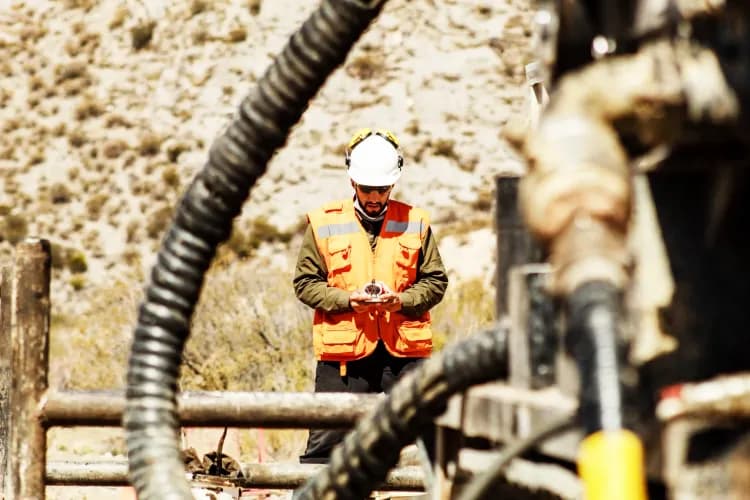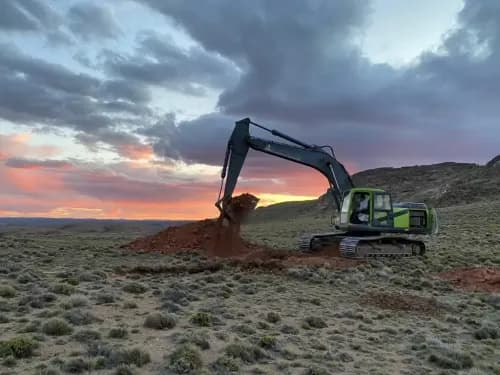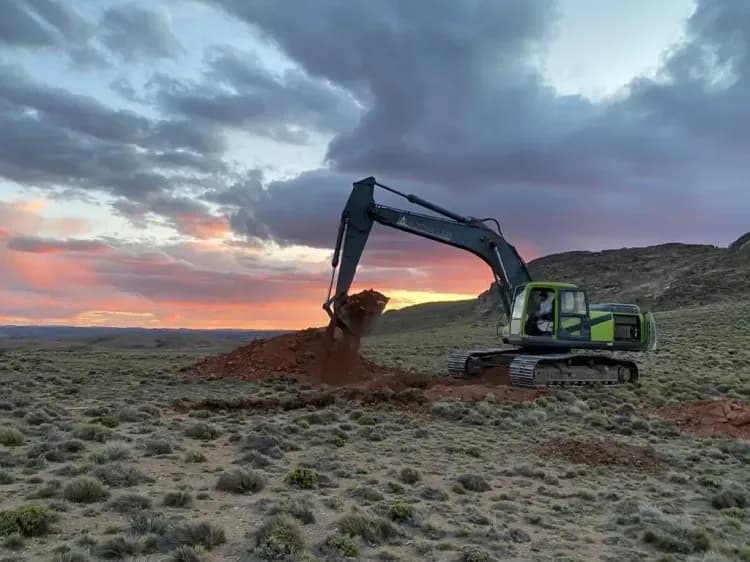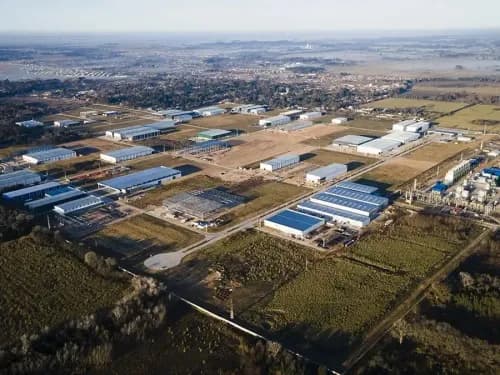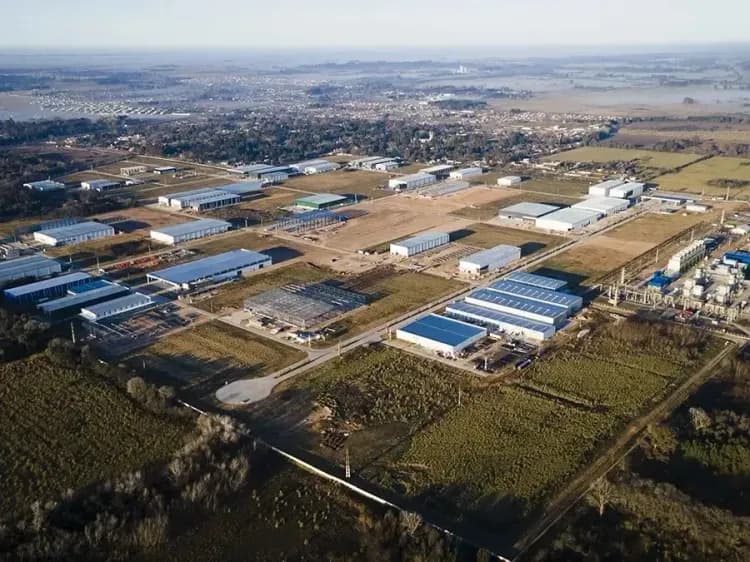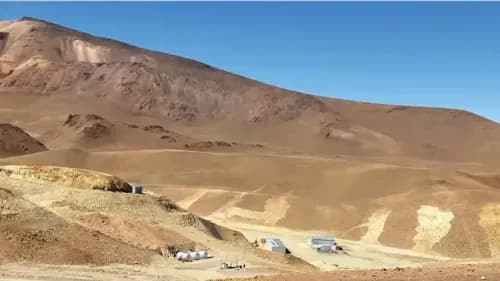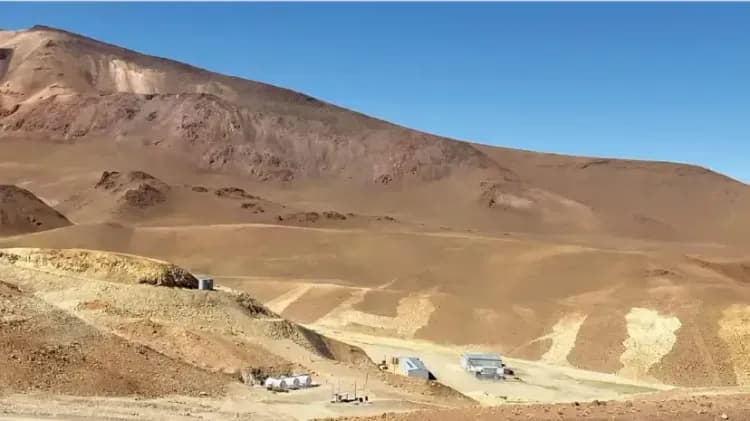The integrated project advances with an ecological restoration model grounded in science, local engagement, and international standards.
By Panorama Minero
The Integrated MARA Project (Minera Agua Rica Alumbrera) is implementing one of the most advanced mine closure plans in Argentina’s mining sector. At the Alumbrera site, located in Catamarca Province, more than 100 hectares of former waste rock dumps have already been revegetated as part of a process that blends applied science, sustainability, and world-class environmental standards.
Since the program began in 2018, over 200,000 native plant specimens have been introduced, selected based on 16 years of scientific research. The clear objective is to restore a functional ecosystem that integrates effectively with the natural landscape, while thriving in arid conditions and degraded soils.
“The closure of Minera Alumbrera is not just the end of a productive stage; it’s an opportunity to return environmental and social value to the territory,” said Edgar Alderete, a biologist with the project.
A key component of the initiative is the germplasm bank, which ensures the conservation of local genetic diversity and supports effective reproduction of native species. The work is carried out in collaboration with regional nurseries, such as Yokavil in Santa María. There, species like Parkinsonia praecox are cultivated, chosen for their low water requirements, high adaptability, and strong survival rate.
The mine closure plan was approved by the Catamarca Ministry of Mining in November 2022. It includes ongoing official inspections, monthly external audits, and—since June 2023—ISO 9001:2015 certification for the revegetation process.
MARA’s approach also promotes a circular economy by integrating local suppliers and applying sustainable practices that align with provincial, national, and corporate standards, including those of Glencore, the project's main operator.
In a global context where responsible mine closure is an increasing expectation, MARA stands out as a regional case study. With over 100 green hectares as tangible results, the project demonstrates that mining can end with a positive impact and leave a measurable environmental legacy.


